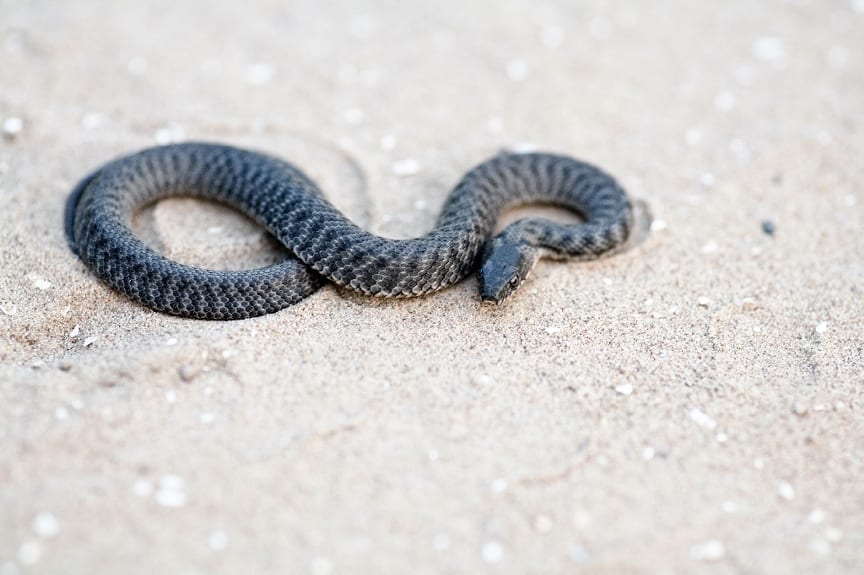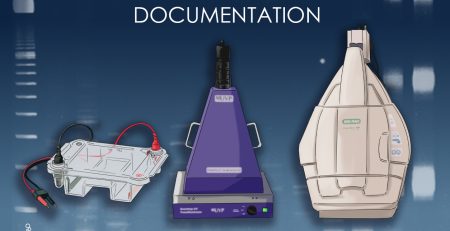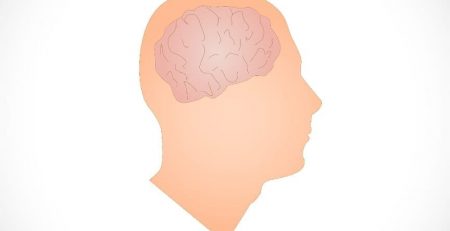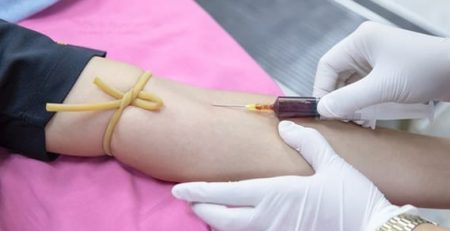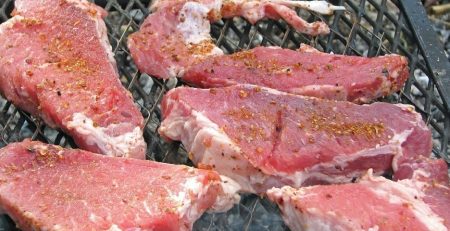DNA snakebites
Identifying the venemous snake that has attacked the victim is important in order to use the proper anti-venom to treat it. “At present, the standard of practice is no identification at all, a diagnosis from the symptoms, or more rarely identification of dead snakes that victims occasionally bring to the clinic,” François Chappuis of Geneva University Hospitals in Switzerland told New Scientist. When a snake bites it’s victim, it leaves a little bit of DNA behind. Chappuls thinks that by identifying the snake DNA rather than relying on syptoms, doctors can treat patients quicker and better.
He tested his theory by gathering data from 749 snakebite patients in Nepal. His team were able to identify the snake species by using the DNA left in the wood in 194 of the patients. That might not seem like much, but Chappuls said that it might be due to the fact that same may have washed their wound in attempt to treat it. This probably washed away the evidence. It is in hopes that scientists will be able to identify the species 30 minutes after the wound has been swabbed.




